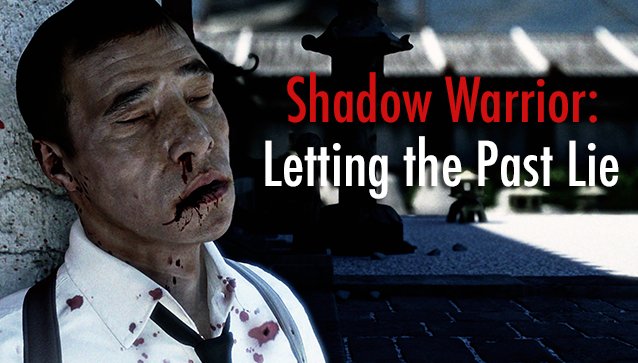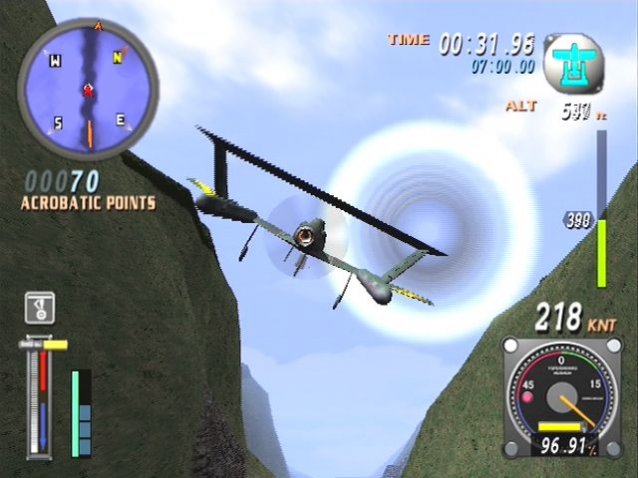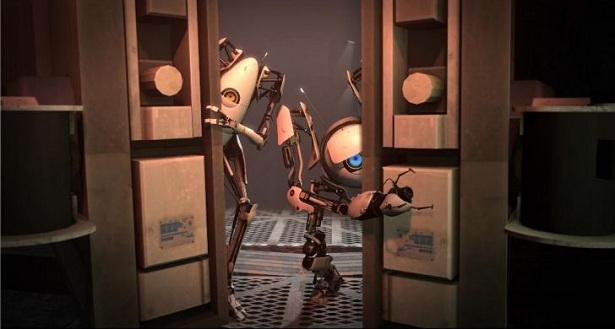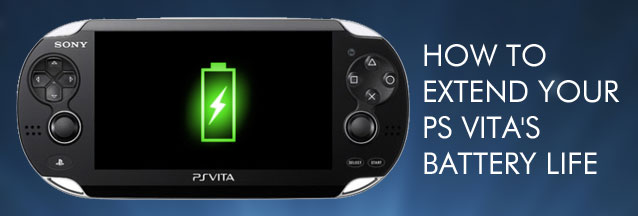

Microsoft has made quite a buzz in the technology community with their recent Windows 10 announcements. After the generally ill-received Windows 8, they seem to be hard at work making sure the new iteration of Windows is one people will cherish. Part of their vision is creating a unified experience no matter which device you’re using Windows on.
During the Windows event this week, Xbox head Phil Spencer detailed new features to come to the Xbox One and Windows 10, along with increased compatibility between the two. Here’s a rundown of what we know so far about gaming with Windows 10.
Every Windows 10 machine will come pre-loaded with the Xbox app, which is designed to be a gaming hub. A core feature is the real-time activity stream that will alert you to what your friends are playing, earning, and sharing. You’ll also be able to see at a glance which friends are online and send them both text and voice messages, making the messaging feature cross-platform. If you’ve used the Windows 8 SmartGlass app for Xbox, many of this will seem familiar.
Additionally, a list of your games played recently on any platform allows you to easily pick up where you’ve left off, making the switch between platforms seamless. None of this will be required to use your Xbox, of course, but bringing the excellent Xbox Live service to your PC is welcome.
Both Microsoft and Sony’s newest systems automatically record gameplay footage and allow you to share clips at any time. With Windows 10, Spencer explained that PC gamers should have this same ability, as sharable moments often happen without warning. To this end, Windows 10 will allow you to press Windows Key + G at any time to bring up a recording menu and save the last 30 seconds of gameplay.
It’s a welcome feature, as it’s impractical to always be running a dedicated program to record just in case something crazy happens. This won’t be limited to games in the Xbox app, but will also be supported in Steam and presumably other gaming services, like EA Origin.
DirectX is the backbone for most games on Windows (though it sometimes causes problems) and DirectX 12 means your games will run and look better than ever – a game running on the same hardware noticeably improves with DirectX 12 as compared to DX 11.
The benefits aren’t just visual, though. This version gives developers much more control over the CPU and GPU, resulting in up to a 50% increase in performance, according to Spencer. The benefits extend to mobile gaming, as well: with power consumption cut by up to half, your mobile games will run more smoothly and require less battery power. Well-known game engine Unity, which you can use to create your own games, has already pledged to implement DirectX 12.
A new DirectX version means improvements across the board, and it’s awesome to see this happen alongside the revolution Windows 10 is bringing.
Fable Legends, the newest entry in the role-playing game series, will be coming to both Xbox One and Windows 10. Even more exciting is that players on both platforms will be able to play with each other, a first for online gaming. This cross-platform play won’t be available in every game, and it will surely take some time for games to start using it, but it’s awesome for many gamers’ dreams of playing with their friends on other systems to finally become reality.
Spencer assured that implementing cross-platform play won’t become mandatory for game developers; a good thing as indie companies likely wouldn’t have the time or resources. Seeing the feature implemented on an Xbox staple franchise like Fable is awesome, and it’s exciting to think what it means for the future of cross-platform gaming.
With Windows 10, your Xbox One is going to break out of its box. After linking your PC or Surface Pro (our review) with your Xbox, you’re given the option to stream your Xbox games to your computer using the Xbox app. In seconds, you’ll be playing any game installed on your system on your computer; Spencer even demoed this during the conference using the Xbox in his house.
Not only does this let you play any game you own on any Windows 10 device, but it also will enable you to play Xbox One exclusives right on your PC. What’s more, once you’re done playing remotely, you’re able to pull up the Xbox menu with one tap and remotely shut down the console. Imagine the possibilities: if you’re on a work trip and want to get a few rounds of Halo in, just bring a controller along and you can play on your tablet!
Near the end of the conference, Spencer briefly mentioned that the compatibility will go both ways: Windows 10 will be coming to Xbox in some capacity, but we aren’t sure how. He did say that developers will be able to create apps for the Xbox for use in the living room, but that “you won’t be seeing people use Excel on their Xbox.” We’ll have to wait for more details later this year.
Separately from the Xbox portion of the conference, Microsoft announced a new holographic project. This goes beyond virtual reality and allows virtual screens and apps to interact with the real world. It’s truly futuristic and will be something to keep an eye on. In the reveal teaser, they hinted that gaming will benefit from this advancement, showing a real-life Minecraft world, but for more information we’ll have to wait. Hopefully, it won’t be long because this looks amazing.
No matter if you’re a PC or Xbox gamer, this news from Microsoft is plenty to get excited about. Cross-platform multiplayer, improved performance, and new technology mean that the next generation of gaming looks even more attractive. This definitely makes choosing an Xbox One over a PS4 much easier, so hopefully Sony will be able to return with something equally amazing. If you’re interested, the full Xbox portion of the conference can be viewed below.
Interested in other aspects of Windows 10? Check out our tour of the technical preview.
What are your initial thoughts on these features? If you don’t already have an Xbox One, is this enough to make you go for it? Let me know what you’re thinking by leaving a comment!




 Black Ops 2: Vengeance – Multiplayer & Zombies Guide
Black Ops 2: Vengeance – Multiplayer & Zombies Guide Killing Floor 2 Demolition Survival Tips
Killing Floor 2 Demolition Survival Tips NBA 2K16 Wiki – Everything you need to know about the game .
NBA 2K16 Wiki – Everything you need to know about the game . Portal 2 Peer Review DLC Walkthrough
Portal 2 Peer Review DLC Walkthrough How to Extend Your PS Vitas Battery Life
How to Extend Your PS Vitas Battery Life